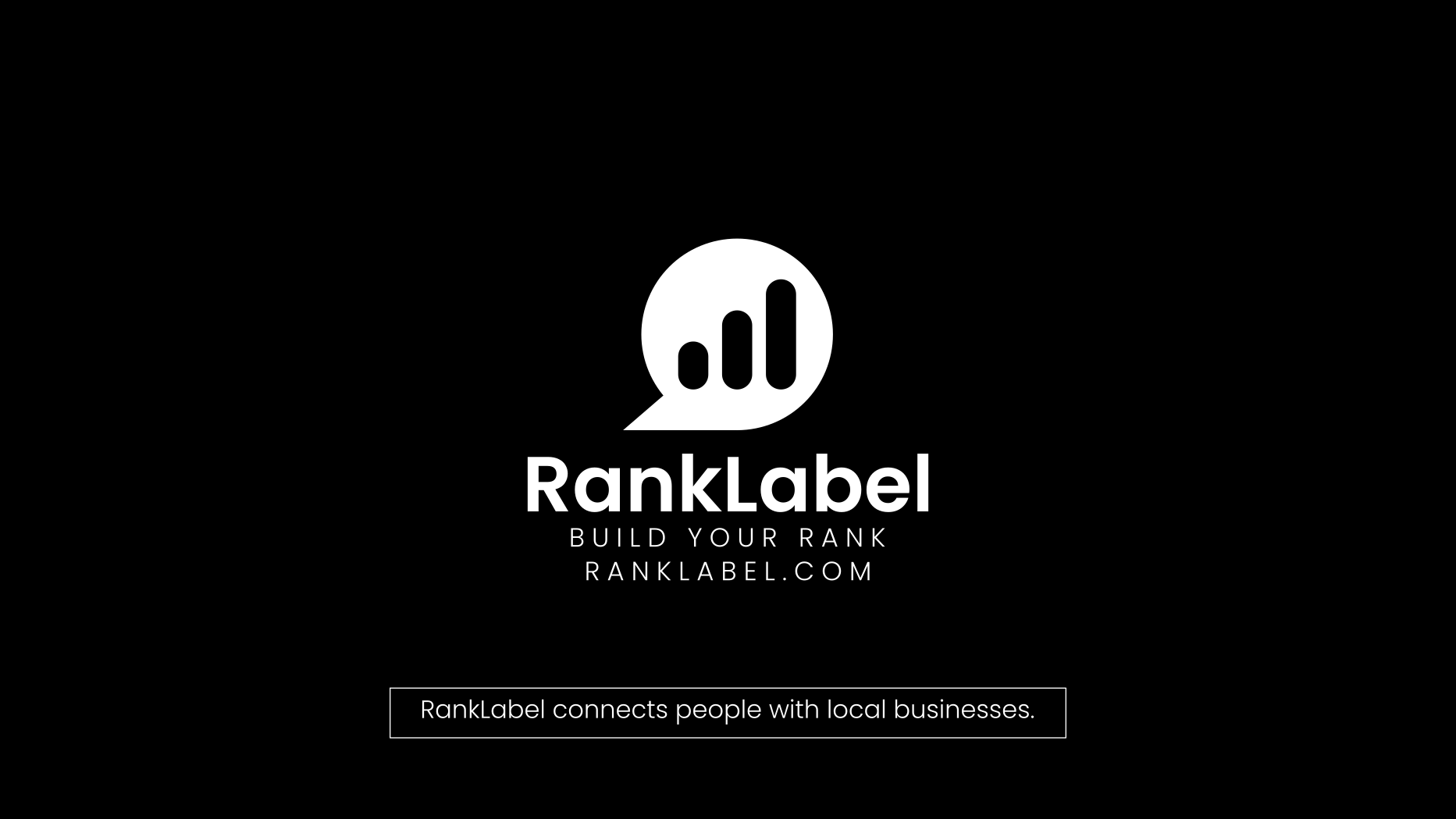The Impact and Evolution of 3D Printing in Architecture and Custom Design Projects

3D printing technology has revolutionized various industries, offering unprecedented flexibility and innovation in creating unique designs and solutions. Among these, 3D printed architecture models and custom 3D print designs have emerged as game changers, enhancing both the creative possibilities and efficiency in design and construction processes.
The Advantages of 3D Printed Architecture Models
3D printing has transformed traditional architectural model making, providing accuracy and speed that were previously unattainable. Architects and designers can now produce complex models that were once considered too intricate or time-consuming to build by hand.
Detailed Replication and Presentation
3D printed architecture models allow for an extraordinary level of detail, enabling architects to more effectively convey their visions to clients and collaborators. These models serve not just as a tool for visualization but also as a highly effective communication device in the architectural design process.
Key Benefits of Using 3D Printing in Architectural Models
- Increased precision in scale and detail.
- Ability to easily replicate complex structures and textures.
- Quicker production times compared to traditional model-making.
- Coster reduction in materials and labor.
Each benefit builds towards a more streamlined and efficient approach to architectural design, making 3D printed architecture models indispensable in modern architectural practices.
Creative 3D Printing for Custom Projects
When it comes to personalization, 3D printing for custom projects offers unmatched opportunities. This technique is ideal for developing unique components in industries such as automotive, healthcare, and fashion, where customization can provide both functional and aesthetic advantages.
Innovative Applications of 3D Printing
With the ability to manipulate materials into virtually any shape, 3D printing encourages creativity. Designers can experiment with forms and structures that would be difficult or impossible to achieve with traditional manufacturing methods.
Examples of Creative 3D Printing Projects
- Customized prosthetics that match the precise needs of their users.
- Bespoke parts for cars or drones that meet specific performance criteria.
- Personalized fashion accessories tailored to individual style preferences.
- Innovative home decor items that reflect the latest in design trends.
These examples highlight how creative 3D printing pushes the boundaries of traditional manufacturing, providing both businesses and consumers with tailored solutions that meet their specific needs and preferences.
The Role of 3D Printed Parts in Industry
The production of 3D printed parts is not limited to small scale or highly specialized applications. It's also making significant inroads into larger, more traditional manufacturing sectors by offering cost-effective, efficient, and sustainable solutions.
Impact on Manufacturing and Prototyping
3D printing accelerates the prototyping process, allowing for rapid testing and refinement of designs. This significantly reduces the time and cost of bringing a new product to market, making it an invaluable tool in product development.
Advantages in Manufacturing with 3D Printing
- Reduction in waste material, promoting sustainability.
- Decreased warehouse space, as parts can be printed on demand.
- Customization options that do not require new tooling.
- Enhanced ability to produce complex geometries that are too difficult or costly to achieve with traditional methods.
The integration of 3D printed parts into mainstream manufacturing processes is a testament to the versatility and efficiency of 3D printing technologies.
Designing with Freedom: Custom 3D Print Designs
One of the most exciting aspects of 3D printing is its ability to free designers from the constraints of traditional manufacturing. Custom 3D print designs allow for a level of customization and complexity that encourages innovation and experimentation.
Unlocking New Creative Potential
Designers and engineers can now bypass traditional limitations, exploring new forms and functionalities. This creative liberty not only enhances product appeal but also functionality, opening up new markets and applications.
Impactful Custom 3D Print Design Examples
- Architectural elements that combine aesthetic appeal with functional benefits.
- Medical devices designed for patient-specific treatment.
- Art installations that use complex geometries to create engaging visuals.
- Functional wearables that merge fashion with utility.
These examples underscore the transformative potential of custom 3D print designs, marking a new era in design and manufacturing that champions individual creativity and technical innovation.
Tags: 3D printed architecture models, 3D printing for custom projects, Creative 3D printing, 3D printed parts, Custom 3D print designs
In conclusion, the impact of 3D printing across various sectors underscores its transformative capabilities. From intricate architectural models to customized products that cater to the unique needs and preferences of individuals, 3D printing continues to push the boundaries of what's possible, blending creativity with technological innovation in exciting new ways.










